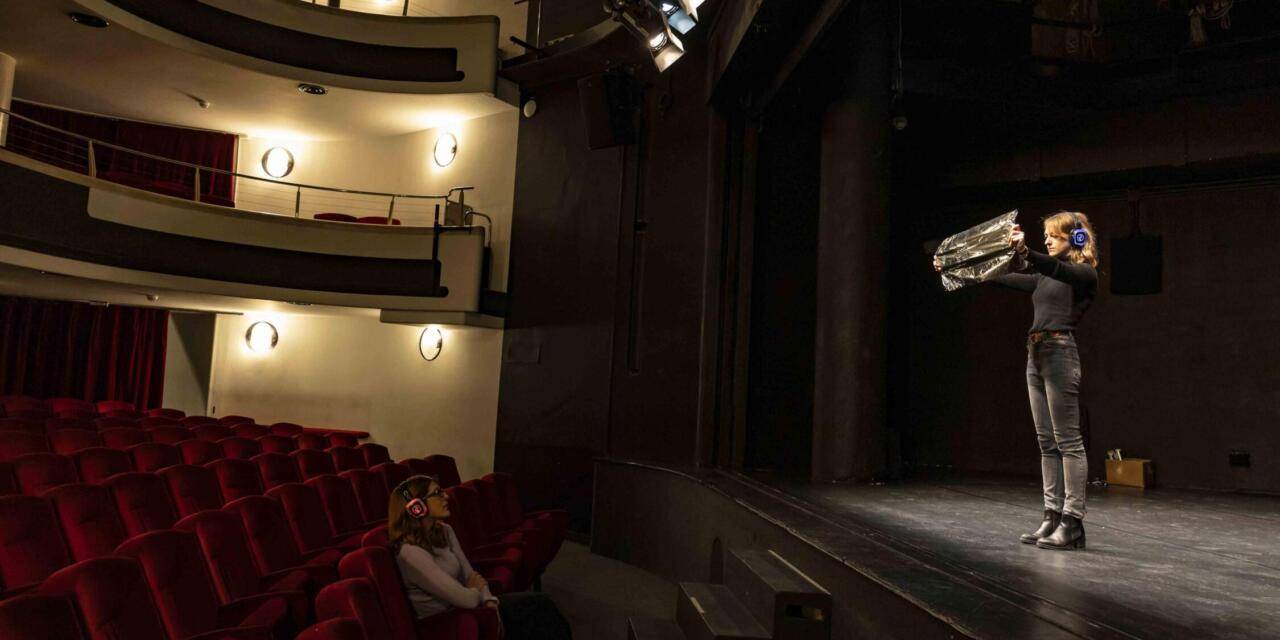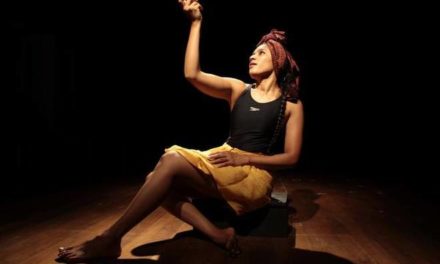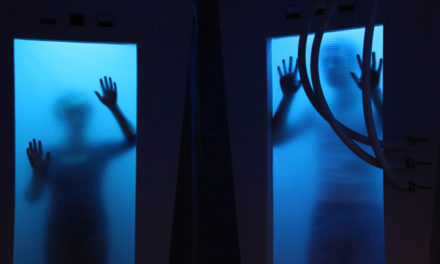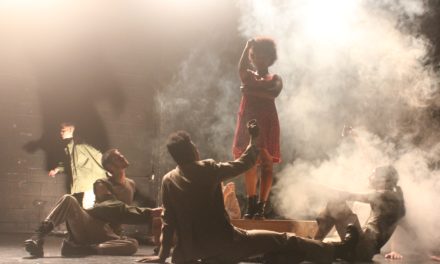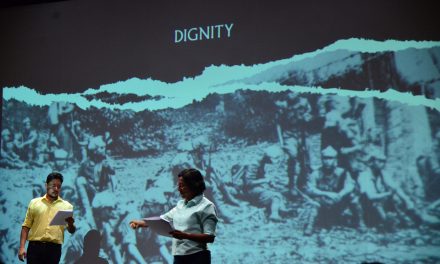Milan’s international multidisciplinary performance art festival FOG, featuring theatre, music, and dance, is at its seventh edition. The brainchild of the Triennale theatre’s artistic director Umberto Angelini, the program includes the work of cutting-edge groups from all over the world, without forgetting innovative Italian practitioners. The festival name, FOG, denotes the blurring of the boundaries among the arts and the difficulty encountered by many critics to carry out an exegesis. In an interview with Bianca Ramponi, Angelini’s assistant director, she pointed out the way their shows are spread in many parts of Milan: at the Triennale theatre, situated in the same building as the Triennale Design Museum, other Milanese theatres and in site-specific venues, the latter offering an opportunity for audiences to explore the city. Audiences for FOG also differ from other theatres in Milan, the average age being between 30 and 45, and many of them are not regular theatergoers, but people with a passion for the arts in general. At Milan’s Filodrammatici theatre, I caught Si respira nel giardino come in un bosco (You Breathe in a Garden as you do in a Wood), presented by the Catalan company El Conde de Torrefiel, founded in Barcelona in 2010. The work, a unique style of auto-theatre, was devised by directors Tanya Beyeler and Pablo Gisbert. I turned up for the performance not knowing what to expect. Once in the foyer, I was given some headphones, and immediately a voice began telling me to begin walking. I have been a regular at the Filodrammatici for many years, so to find myself descending some gloomy, narrow stairs rather than the plush, well-lit marble staircase that leads to this underground auditorium, was a tad unnerving. Once at the bottom, instead of finding myself in a comfortable armchair in the stalls, I stood on an empty stage, looking out into the auditorium, where a single spectator stared back at me. There was no going back! The voice in my headphones was relentless and started putting me through a series of movements and gestures. At one point the voice told me to take some aluminum foil out of a box at the corner of the stage and make a sort of mask, after which I was invited to shape it to make a circle on the floor. I was struck by the precision with which I was expected to move and respond, and for 20 minutes I was reminded, ‘as an insider’ of the demanding role any actor faces as she or he performs for an audience. In the second part, the voice invited me to go and sit in the stalls and watch the same performance I had given, this time executed by someone else. Now in the spectator’s role, I appreciated more than ever before the efforts of the actor onstage. This experimental work, amounting to the reduction of theatre to its very core, one actor and one spectator, left me feeling exhilarated.
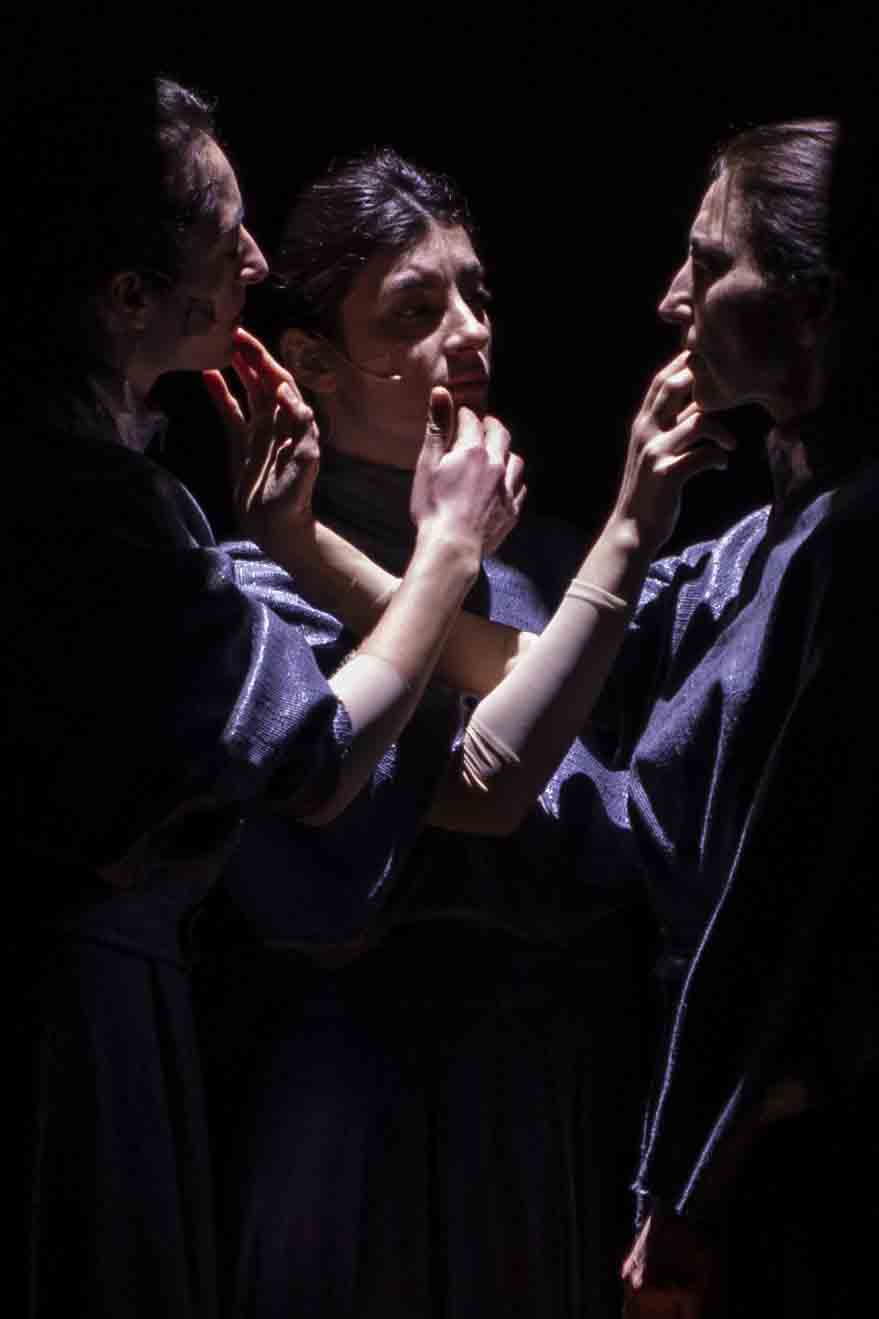
Le tre sorelle, by Anton Chekhov, directed by Claudia Sorace, dramaturgy and sound Riccardo Fazi, original music performed live by Lorenzo Tomio, set design by Paola Villani, with Federica Dordei, Monica Piseddu, Arianna Pozzoli. Photo credit: Lorenza Daverio.
Instead, at the Triennale theatre, I caught Le tre sorelle (Three Sisters) presented by Muta Imago, one of Italy’s leading experimental companies. This internationally acclaimed group was founded in Rome in 2006 by director Claudia Sorace and writer\dramaturg and sound designer Riccardo Fazi. Their current research sees them exploring time, memory and the fear of death, themes that loom large in Chekhov’s original play and are reworked in Riccardo Fazi’s adaptation. Now, only the three sisters, Masha, Olga and Irene, of Chekhov’s play, are onstage, together with musician and composer Lorenzo Tomio. Having discarded the many male figures and servants, what we are left with is an often taut, tense exchange between the three sisters, who in flashbacks recall and relive their past, evoking the characters who aren’t present, while expressing their hope for a return to Moscow. The play opens on a dimly lit stage, with a mimed prologue, pinpointing the hands of the women who move relentlessly and restlessly as if imprisoned. When the lights come up, we see the women onstage, where their confinement is indicated by the brightly lit square carpet, the visuals assigning them a place inside the room, where a back projection conjures up a wall, complete with curtains and fin de siècle hangings. At intervals strobe lighting slows down the action and loud sound effects add intensity to the dramatic situation of these women who feel frustrated, bored and anxious to varying degrees in this provincial backwater. Lorenzo Tomio’s music turns out to be far more than an accompaniment, becoming at times a fourth protagonist, who observes the action and reacts ‘musically’. Federica Dordei, Monica Piseddu and Arianna Pozzoli, in the roles of the three sisters, are superb, each with their own idiosyncrasies, but at times becoming one as their lines overlap and they move in unison.
This post was written by the author in their personal capacity.The opinions expressed in this article are the author’s own and do not reflect the view of The Theatre Times, their staff or collaborators.
This post was written by Margaret Rose.
The views expressed here belong to the author and do not necessarily reflect our views and opinions.

